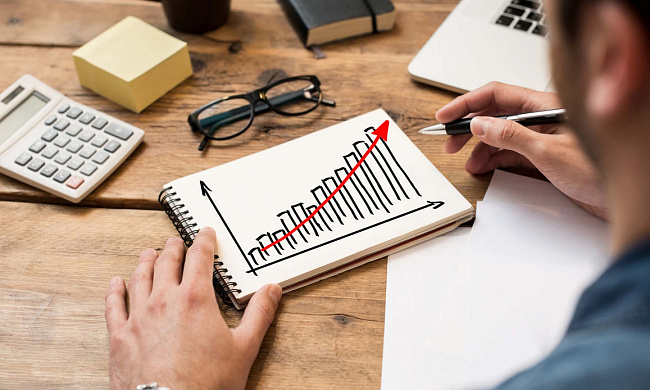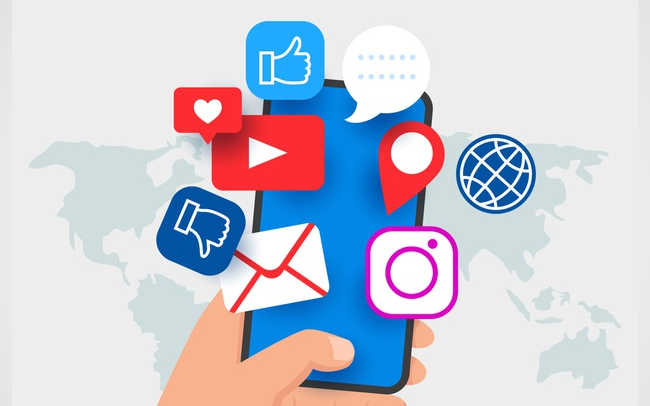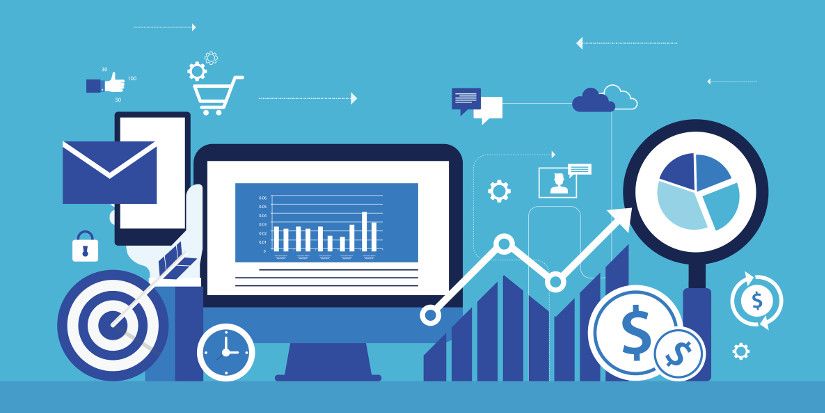Hello!
In today’s digital age, browsing websites and social media platforms is a daily ritual for millions. From checking messages in the morning to scrolling feeds before bed, our mobile phones are constant companions. For businesses, this presents a golden opportunity to engage audiences in the virtual space.
The speed and convenience of online shopping — coupled with fast website load times, such as those achieved by optimizing platforms like Magento — can significantly enhance SEO and reduce bounce rates. However, social media is no longer just for entertainment; it’s a powerful tool for business growth, from shaping brand image to boosting sales. To harness its potential, tracking social media metrics is essential. This article explores five crucial social media metrics and actionable strategies to improve them.
---
Why Measure Social Media Metrics?
 Social media success isn’t just about likes or followers. Platforms like Instagram, Facebook, and Twitter continuously evolve to prioritize meaningful audience interactions and shareable content. By analyzing social media metrics, businesses can gauge the effectiveness of their campaigns, refine strategies, and drive measurable results.
Social media success isn’t just about likes or followers. Platforms like Instagram, Facebook, and Twitter continuously evolve to prioritize meaningful audience interactions and shareable content. By analyzing social media metrics, businesses can gauge the effectiveness of their campaigns, refine strategies, and drive measurable results.
For digital marketers, metrics like conversions and engagement rates are key, while business owners prioritize ROI (Return on Investment) or ROMI (Return on Marketing Investment). Social platforms provide detailed analytics, enabling account holders to monitor performance and optimize their efforts.
---
5 Crucial Social Media Metrics to Track
1. Number of Followers
 **What It Measures:** The total number of followers is a foundational metric in social media marketing (SMM). It’s often used in reports, KPIs, and when selecting influencers for collaborations. A larger follower base theoretically increases content visibility and the likelihood of targeted actions, such as purchases or sign-ups.
**What It Measures:** The total number of followers is a foundational metric in social media marketing (SMM). It’s often used in reports, KPIs, and when selecting influencers for collaborations. A larger follower base theoretically increases content visibility and the likelihood of targeted actions, such as purchases or sign-ups.
**Why It Matters:** While a high follower count suggests reach, it’s not the full picture. Bots or artificial followers can inflate numbers without boosting sales or engagement. Organic followers—those gained through search, recommendations, or guest posts—are far more valuable, as they reflect genuine interest in your brand.
**How to Check:** On platforms like Facebook, navigate to the “Subscribers” tab in analytics and select “Organic Subscribers” to track followers gained naturally, not through ads.
**How to Improve:** Focus on creating valuable, high-quality content to attract organic followers. Avoid relying on paid follower-boosting tactics, as they harm credibility and conversions.
---
2. Reach
 **What It Measures:** Reach indicates how many unique users have seen your content (posts, ads, or profile) at least once over a specific period.
**What It Measures:** Reach indicates how many unique users have seen your content (posts, ads, or profile) at least once over a specific period.
**Why It Matters:** Reach highlights your content’s visibility and helps evaluate the success of individual posts or campaigns.
It’s divided into three types:
- Organic Reach: The number of followers who see your content naturally, influenced by posting frequency and audience size.
- Paid Reach: Impressions from paid ads.
- Viral Reach: Impressions from shares or reposts by non-followers, driven by compelling, shareable content.
**How to Check:** Most platforms provide reach data in their analytics dashboards, allowing you to filter by time or content type.
**How to Improve:** Increase organic reach with consistent, engaging posts. Invest in targeted paid ads to boost paid reach. Create shareable content (e.g., videos or infographics) to drive viral reach.
---
#### 3. Share of Voice (SSoV)
 **What It Measures:** Share of Voice compares how often your brand is mentioned online versus competitors, including direct (e.g., brand tags) and indirect (e.g., product discussions) references.
**What It Measures:** Share of Voice compares how often your brand is mentioned online versus competitors, including direct (e.g., brand tags) and indirect (e.g., product discussions) references.
**Why It Matters:** SSoV reveals your brand’s market position. A lower SSoV compared to competitors signals the need for stronger strategies, such as influencer partnerships or contests, to boost awareness.
**How to Measure:**
1. Count total brand mentions (yours and competitors’) over a set period.
2. Divide your brand’s mentions by the total.
3. Multiply by 100 to get a percentage.
**How to Improve:** Collaborate with influencers, run giveaways, or create viral campaigns to increase mentions. Monitor competitors’ strategies to identify gaps and opportunities.
---
4. Engagement Rate
**What It Measures:** Engagement Rate (ER) tracks interactions—likes, comments, shares, and reposts—relative to your follower count or reach. A common formula is:

**Why It Matters:** High engagement indicates that your content resonates with your audience. A large follower base is meaningless if users don’t interact. ER also signals authentic growth; low engagement despite high followers may suggest bot activity.
**How to Check:** Platforms like Instagram and Facebook provide engagement data in their analytics. Alternatively, calculate ER manually using the formula above.
**How to Improve:** Post relevant, thought-provoking content or address trending topics. Encourage interaction with CTAs like “Comment below!” or “Share your thoughts!” Smaller accounts often have higher ERs, so focus on quality over quantity as you grow.
---
5. Social Media ROI
 **What It Measures:** Social Media ROI quantifies the return on your social media marketing efforts, encompassing revenue, leads, conversions, or engagement metrics like new subscribers.
**What It Measures:** Social Media ROI quantifies the return on your social media marketing efforts, encompassing revenue, leads, conversions, or engagement metrics like new subscribers.
**Why It Matters:** Unlike traditional marketing, social media ROI can be harder to measure due to its historically non-transactional nature. However, platforms like Facebook now support direct sales through integrated online stores, making ROI tracking more straightforward. ROI reflects the tangible business impact of your campaigns.
**How to Check:** Use platform analytics to track conversions (e.g., purchases via Instagram Shopping) or link clicks leading to sales. Tools like Google Analytics can attribute website revenue to social media sources.
**How to Improve:** Optimize campaigns for conversions by linking posts to product pages or sign-up forms. Test different ad formats to identify what drives the highest ROI.
---
Four Tips to Improve Social Media Metrics
 1. **Choose the Right Platform for Your Audience**
1. **Choose the Right Platform for Your Audience**
Different platforms cater to distinct audiences. For beauty, travel, or fashion brands, prioritize Instagram or Pinterest. For tech or media, Twitter or LinkedIn may be more effective. Analyze metrics across platforms to focus efforts where engagement and conversions are highest, saving time and resources.
2. **Post at Peak Times**
Timing matters. Posting when your audience is most active maximizes reach and engagement. Data suggests 10:00 A.M. on Tuesdays, Wednesdays, or Thursdays is ideal for most platforms. Avoid off-hours to prevent posts from getting buried in feeds.
 3. **Use Stories for Announcements**
3. **Use Stories for Announcements**
On Instagram, Stories are a powerful way to re-engage followers who miss your feed posts. Create compelling announcements with links to your profile or website. For example, brands like Miniso duplicate feed posts in Stories to boost visibility and drive traffic.
4. **Incorporate Hashtags and Geotags**
Hashtags and geotags expand your reach. Hashtags act as searchable keywords, while geotags attract local audiences (e.g., for shops or cafes). Research trending hashtags your audience follows and use them strategically. Brands like Free People encourage user-generated content with branded hashtags, fostering community and loyalty.
---
Conclusion
 Social media is a vital channel for building brand reputation, engaging audiences, and driving sales. By tracking key metrics—followers, reach, share of voice, engagement rate, and ROI — you can measure the effectiveness of your efforts and refine your strategy.
Social media is a vital channel for building brand reputation, engaging audiences, and driving sales. By tracking key metrics—followers, reach, share of voice, engagement rate, and ROI — you can measure the effectiveness of your efforts and refine your strategy.
Use platform analytics to monitor progress, and implement targeted tactics like posting at optimal times, leveraging Stories, and using hashtags to boost performance. With the right approach, social media metrics will reflect not just growth in followers but tangible business outcomes like increased conversions and revenue. Embrace these tools, and watch your brand thrive in the digital space.
Thank you!
Join us on social media!
See you!






